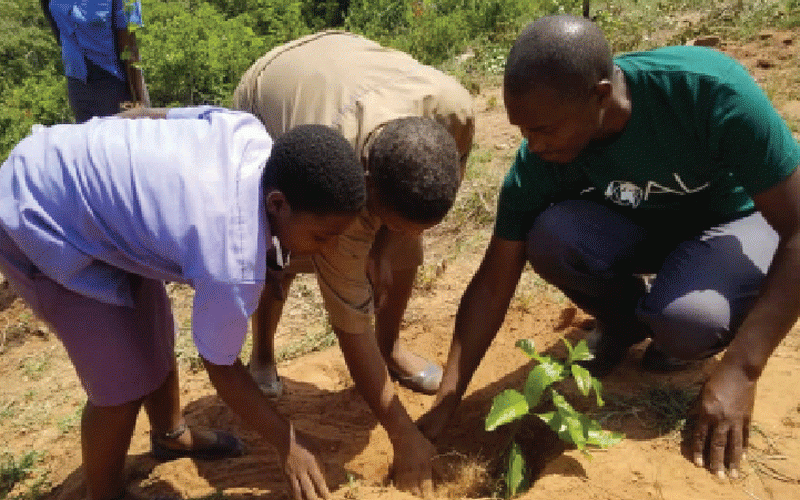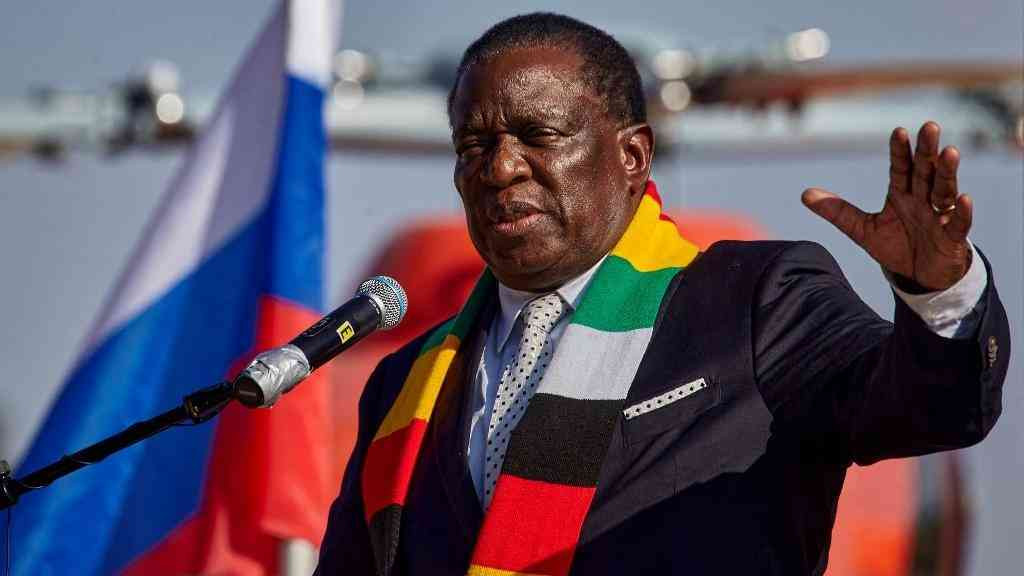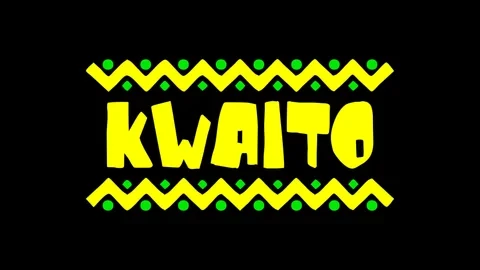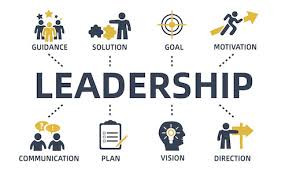
THE climate change phenomena has evolved over the years, unleashing a brutal and destructive impact on nature. It has become popular for wrong reasons, thereby getting institutionalised, representative and widely communicative. Climate change has become a language because of all the ingredients of communication like visuals, pictorial images, stories told, videos, films, drama, poetry, disasters, role plays and all the climate action strategies involved.
Climate change as a narrative expresses in many vital and regrettable ways. Climate change-induced disasters, cyclones and floods communicate destruction while drought is the language of hunger, famine and malnutrition, food insecurity and water scarcity. The language of visuals sometimes comes in horrific images of the aftermaths of tsunamis, violent winds, veldfires and destructive flooding contributing to large-scale losses and damage.
Humanity interacts with climate change on a daily basis where climate change adaptation is the language of climate action, climate justice and resilience building. The UNFCCC Paris Agreement is an international climate guide, expressive in climate finance, emissions reduction, loss and damage. This is an ongoing communicative dossier with everlasting debates, contestation of ideas, wits betrayal, unholy alliances and unfulfilled pledges.
Renewable energy transition, smart agriculture and solar energy constitute the language of green propaganda. Human activities, behaviours and attitudes communicate the language of environmental ethics, morality and standards thrown into the dustbin of knowledge and nature. Green faith and religious language through theological linguistics, at the heart of universal faith, beliefs, climate norms and morality communicate stewardship, creation and dominionship.
Climate change has divided the world into two, Global North and South, situating nations into group one and two, with a global monitor to dictate, impose and compare. Global North communicates climate knowledge and wisdom, riches, innovations, thrift planning, industrialisation, not forgetting insolence, double-speak and disregard of the Global South. On the other hand, the Global South communicates inequalities, poverty, disasters, poor planning, unpreparedness, bad governance, human rights abuses, lack of technology transfer, energy poverty, lack of comprehensive climate knowledge, deforestation, degradation and ideological divide, among others.
Environmental sins and transgressions are communicated through excess carbon emissions, using carbon as a reference gas. The word “carbon” described as a “hub” could be modelled on several word clusters such as, the moral and religious cluster (carbon sinner, carbon guilt, or carbon criminal, carbon footprints and carbon trust), dietary cluster (low-carbon diet, carbon calories, low-carbon living or energy, less-carbon intensive and carbon appetite), the economic cluster (carbon trading, carbon finance, carbon credits, carbon markets, carbon calculator, carbon offset schemes and carbon budgets), the political cluster (carbon battle, carbon colonialism, carbon war, carbon neutral and carbon appetite), the developmental cluster (carbon sink, carbon capture and carbon absorbers) and the social cluster (carbon drivers, carbon bubble, carbon reporting and carbon disclosure).
In green discourses, rapid and emerging new climate vocabulary is the birth of new language and the world dictionary, on climate change. The new climate repository communicates linguistic innovation, hybridity and creativity, charting a new path of new climate knowledge and information for communicating climate change.
The interdisciplinary, crosscutting and multisectoral perspectives of climate change are designed to communicate the language of inclusivity and mainstreaming climate change into the development sector. Gender dimensions in climate change are there to communicate inequalities, empowerment, vulnerabilities, human face of climate change and harmonisation of the marginalised. Women, children and youths are more vulnerable to the impacts of climate change. This is due to their lack of entitlements, lack of coping mechanisms, including their disadvantaged position in society. The climate change gender action plan seeks to communicate transformed, more efficient, inclusive and resilient gender responsive mechanisms.
- COP26 a washout? Don’t lose hope – here’s why
- Out & about: Bright sheds light on Vic Falls Carnival
- COP26 a washout? Don’t lose hope – here’s why
- Out & about: Bright sheds light on Vic Falls Carnival
Keep Reading
Climate technologies, new knowledge economy and social media have situated climate change into the public domain, into everyone’s household, through mobile phones, WhatsApp, Facebook, X and LinkedIn, among others. These demonstrate digital communication strategies designed to engage, educate and for awareness raising too.
The indigenous knowledge systems communicate climate knowledge and information through community knowledge-banks and repositories, driven by culture, morals and worldviews. The indigenous knowledge systems are the traditional ecological knowledge that is community based and driven.
In this regard, there is no domain that climate change has not penetrated, making itself known in ruthless and brutal ways that continue to present themselves as wake-up calls, to inspire adaptations and mitigations. This serves to situate climate change not only as phenomena but as language of wide communication.
Peter Makwanya is a climate change communicator. He writes in his personal capacity and can be contacted on: [email protected]











